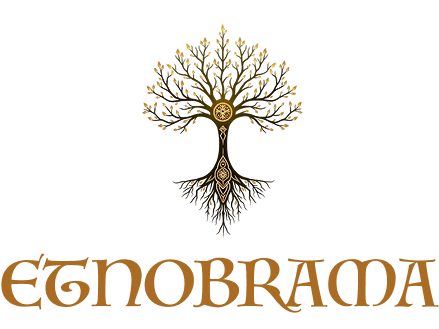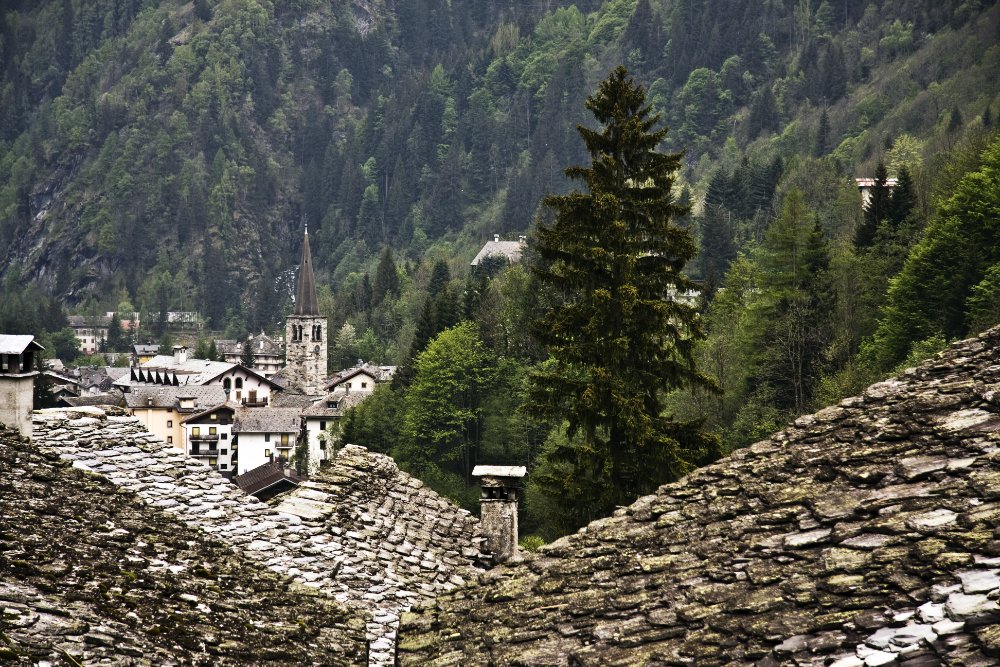Introduction to Balkans’ Tree Mythology
The Balkans, a region renowned for its rich cultural diversity, are equally celebrated for their intricate mythology surrounding trees. In many Balkan traditions, trees are not merely living organisms; they possess sacred significance, representing a vital connection between the human realm and the divine. Throughout history, various cultures in this region have revered trees as powerful symbols, embodying life, wisdom, and strength. This reverence is often manifested in folklore, where trees frequently serve as central motifs, guiding characters through trials and tribulations while symbolizing the intricate balance of nature’s ecology.
In numerous myths, trees are depicted as ancestral figures, believed to harbor latent energies and spirits that communicate messages to humankind. Various species of trees, such as oak, birch, and willow, are woven into creation stories and cultural narratives, each assigned specific attributes and meanings. For instance, the oak tree is often associated with strength and endurance, while the birch symbolizes renewal and rebirth. These symbolic associations not only enhance the narrative richness of local mythology but also establish a profound respect for nature’s cycles, encouraging communities to engage in sustainable practices that honor the environment.
The significance of trees transcends mythology, extending into rituals that reflect the deep roots of these beliefs in everyday life. Balkan cultures, for instance, often conduct ceremonies to celebrate seasonal changes, invoking the spirits of trees to ensure bountiful harvests and harmony within their communities. These rituals underscore a holistic understanding of plants and their role within the ecological system, demonstrating that the relationship between trees and people is one of mutual respect. By exploring the threads of mythology interwoven with the rituals associated with trees, we can gain insight into the values and practices that have shaped the social and environmental landscape in the Balkans.
Cultural Significance of Trees in Balkan Societies
The cultural landscape of the Balkans is profoundly intertwined with the ecological manifestations of trees. Specific species, such as oak, yew, and hazel, are not only integral to the environment but are also deeply embedded in the mythology and rituals of various communities. The reverence for these trees reflects historical and spiritual connections that have developed over centuries. For instance, the oak tree is often seen as a symbol of strength and endurance, and it plays a central role in numerous local legends, making it significant in both folklore and community identity.
Yew trees, characterized by their longevity and conical shape, have historical implications in rituals surrounding death and rebirth. Their association with the afterlife positions them as sacred entities in various beliefs, providing a connection between the living and the spiritual realms. In some communities, specific rituals may involve decorating yew trees during seasonal festivals, illustrating their role as a focal point in communal gatherings.
Similarly, hazel trees hold a special place in the ecology and mythology of the Balkans. Known for their nuts and medicinal properties, hazel trees are often featured in traditional crafts such as basket weaving. The use of hazel in rites of passage or healing rituals further showcases its multifaceted significance. Through these rituals, communities find a profound bond with nature, emphasizing their dependence on local flora for sustenance and cultural expression.
The interactions among people, rituals, and trees contribute to a unique sense of belonging and identity within Balkan societies. As communal practices evolve, the enduring reverence for these plants fosters ecological awareness, ensuring that their cultural significance is preserved for future generations. In conclusion, trees in the Balkans serve not only as vital components of the ecosystem but also as symbols of cultural identity and continuity.
Rituals and Festivals Involving Trees
The Balkans, a region rich in cultural diversity, showcases numerous rituals and festivals that celebrate the profound relationship between trees and human life. These ceremonies often take place during the spring, symbolizing rebirth and renewal, when communities come together to honor the flora that sustains them. One prominent example is the springtime festival dedicated to the awakening of nature, during which participants engage in tree planting ceremonies. These events signify hope and continuity, reinforcing the bond between the people and their natural surroundings.
Harvest celebrations are another crucial event in the Balkans that emphasizes the significance of trees. During these festivities, communities gather to express gratitude for the bounty provided by fruit-bearing trees. Rituals often involve traditional songs and dances that celebrate the cycles of nature, while trees are adorned with offerings, such as ribbons and fruits, to signify respect and appreciation for the ecological systems that nurture life. Such customs demonstrate an inherent understanding of the interconnectedness of ecology, showcasing the delicate balance between humans and the environment.
Moreover, trees serve a pivotal role in key life events, acting as witnesses to important transitions. In many communities, trees are utilized in rites of passage, such as weddings and coming-of-age ceremonies. Participants may tie knots or hang symbols of their hopes on tree branches, reinforcing the idea that trees are not merely physical entities but integral parts of human stories and cultural identity. Through these acts, a sense of belonging is nurtured, as individuals connect with their heritage and the natural world. The observance of these rituals and festivals highlights an enduring legacy that celebrates the role of trees in fostering community bonds and maintaining ecological harmony.
Conservation and Modern Perspectives on Tree Myths
The intersection of mythology, rituals, and conservation practices offers a compelling lens through which to view the relationship between humans and trees in the Balkans. In traditional cultures, trees were perceived not merely as mere flora but as sacred entities intertwined with the lives and beliefs of the community. These ancient myths often conveyed a deep respect for nature, teaching lessons about coexistence and ecological balance. As modern conservation challenges arise, including deforestation and urbanization, revisiting these tree myths can provide valuable insights into contemporary ecological awareness.
One of the main modern challenges is recognizing the significance of trees in both ecological and cultural contexts. Many communities are beginning to appreciate that the age-old rituals associated with trees, which once served as protective guardians of nature, can be adapted to advocate for their preservation today. Initiatives that draw upon folklore and traditions can motivate younger generations to actively engage in conservation efforts, fostering a collective responsibility towards the environment. Contemporary movements are emphasizing the ecological importance of trees and advocating for their preservation through community-based projects, reforestation initiatives, and educational campaigns that integrate these age-old tales.
As society evolves, the interpretation of mythological narratives relating to trees is also undergoing transformation. New generations are integrating ancient wisdom with innovative approaches to ecology, leading to a revival of rituals that honor trees and their role in sustaining life. This synthesis of traditional lore and modern ecological practices can inspire more holistic approaches to conservation, rooting contemporary efforts in a deep-seated cultural reverence for nature. Thus, the mythology surrounding trees is not only a reflection of historical values but also a potential catalyst for fostering sustainable practices and ecological awareness in today’s society. Ultimately, bridging the past with the present can enrich our understanding and commitment to conserving these vital components of our ecosystem.

